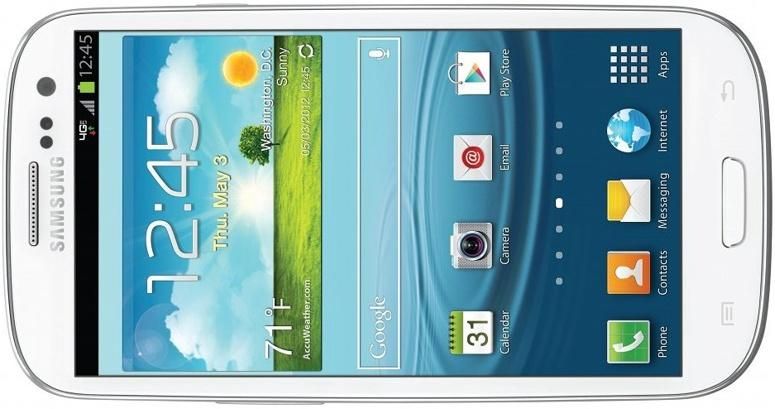Nearly everyone with a smartphone has experienced the same problem: you're working on something in landscape mode such as typing a text or watching a video, and you need to return to the home screen to select another app, which you'll also be using in landscape. Yet frustratingly, the screen is sideways, oriented in a portrait configuration no matter how many little shakes you perform to wake up the accelerometer. Non-rotating home screens were a problem back in the earliest days of smartphones, and while these devices have made amazing technological advances, they remain a problem even today.
It wasn't always this way, however. There was a brief period during the glory days of Windows Mobile that your home screen would rotate however you pleased; granted, those Today screens didn't contain nearly the graphical complexity of modern smartphones. Even the original HTC Sense, a popular skin for WinMo handsets, was eventually able to reconfigure a screen's entire elements from portrait to landscape — although it took several generations to do so. And then came the iPhone.
From the moment it was announced, it was clear that the iPhone was going to do things its own way. From the lack of apps to the missing multi-tasking, the highly-anticipated handset wasn't about to cater to spec sheet junkies, so the home screen's inability to rotate seems perfectly natural. Certainly the technical know-how exists to turn rows of icons 90 degrees — after all, the iPad rotates its home screens just fine — so the restriction on the phone seems to stem from a deeply-held belief about design and usability.
Windows Phone, having made more than one call out of Apple's playbook, had a similar no rotation policy when it debuted in 2010. The situation with Android is a bit more promising: although you won't find many phones with landscape home screen capability out of the box, it can be added easily via a custom ROM or one of many third-party alternatives to the stock launcher. Just the fact that such options have arisen, and are relatively popular, might be suggestive to Android programmers that an untapped need exists.
Other than the duplicated effort necessary in creating two distinct widget styles, for instance, I could never see the advantage to a single application refusing to orient itself properly with respect to the position of the phone — especially when that app happened to be the hub of the platform, in many cases. I know that rotations can be slow, happen accidentally, and slightly impact battery life, but shouldn't it at least be an option on modern home screens? Or am I missing something else here?

